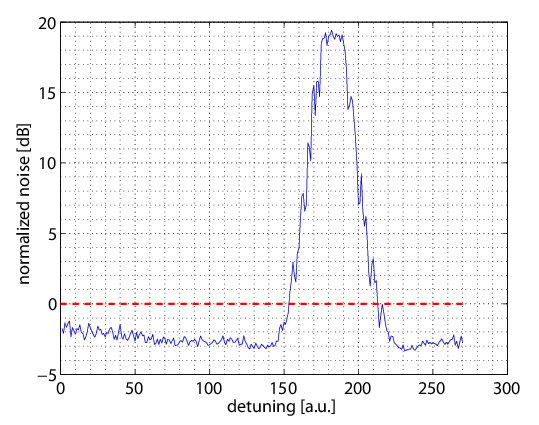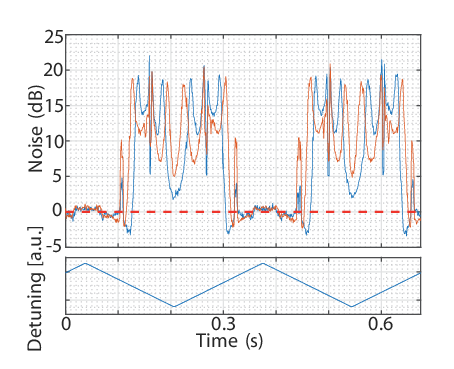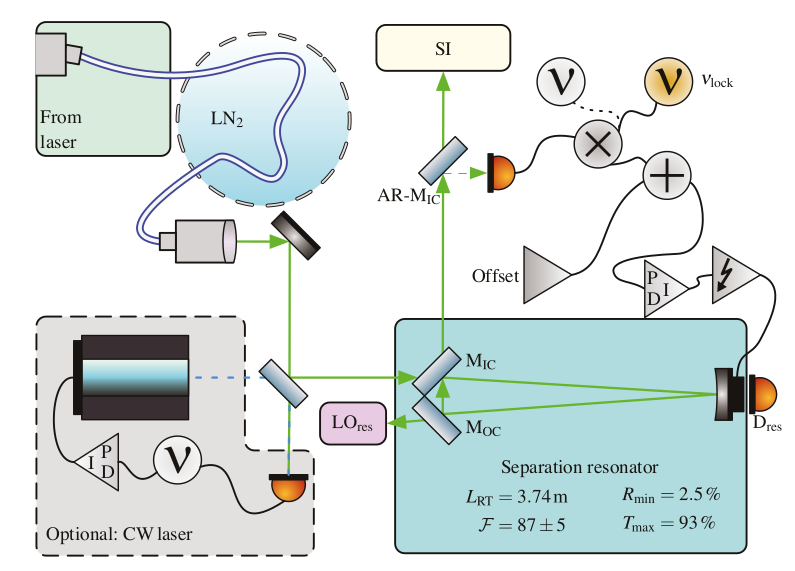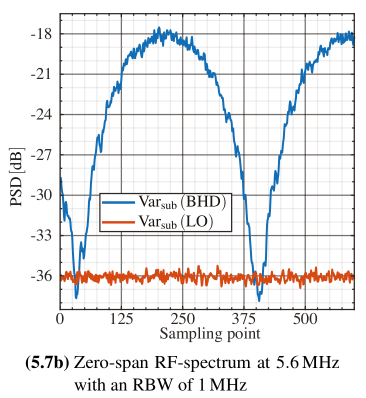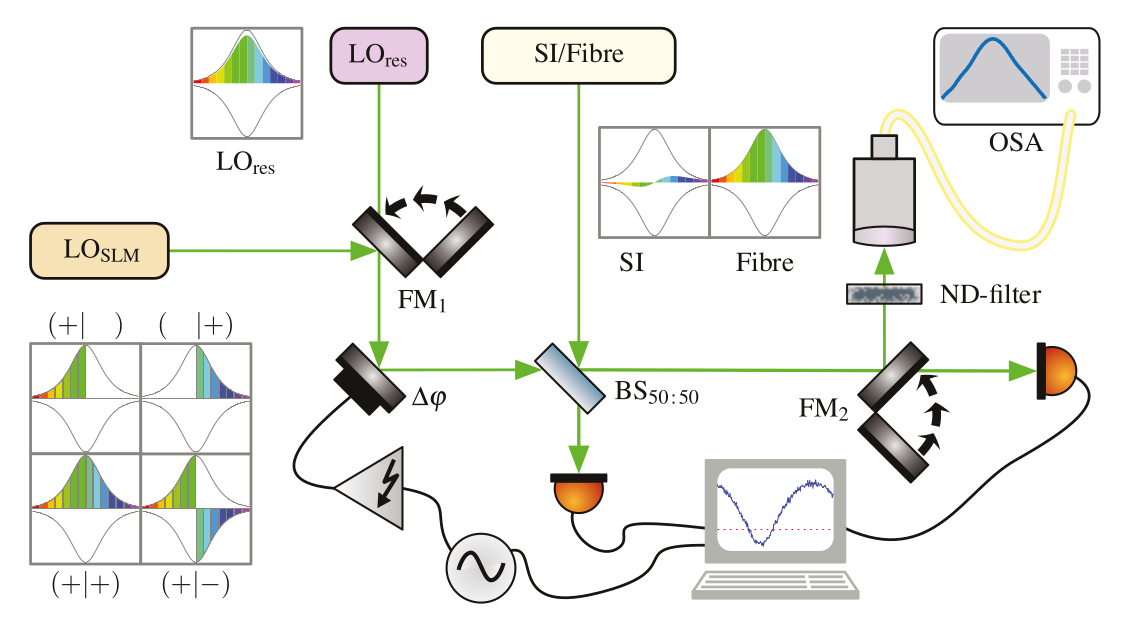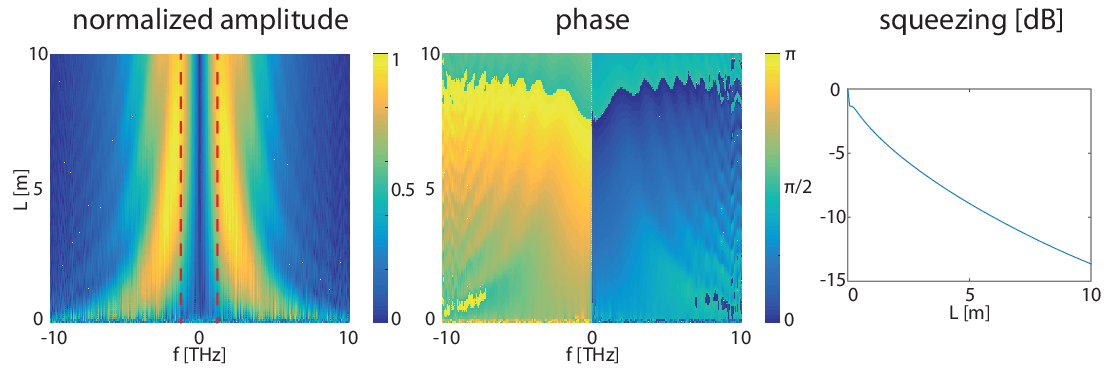Multi-Mode Quantum State Preparation and Characterization
The Quantum fluctuations of femtosecond laser pulses with a moderate intensity are modified by the nonlinear optical Kerr effect present in optical fibres as used in commercial networks. With the ever increasing demand for communication bandwidth it will be important not only to optimize each and every technical aspect of conventional fibre links but also to consider novel approaches of encoding information. To this end coherent detection, and soliton molecules are two possible ways to enhance the amount of information being encoded in a single time frame. In the former example ultimately it will be the quantum fluctuations limiting the data rate. In the latter case the quantum state of soliton molecules after propagation through a fibre is entirely unknown.
In this lab we set out to understand how the quantum state of light is affected by various effects in optical fibres like dispersion, Kerr-effect, Raman scattering or Brillouin scattering. There is strong indication to find highly multi-mode entangled states, which we are going to reconstruct via complete quantum state tomography.
Verification of Squeezed Quantum Fluctuations due to the Kerr Effect
We were able to measure sub-shotnoise fluctuations, i.e. squeezed light emerging from an optical fibre. To the best of our knowledge for the first time we use a detuned filter resonator to phase shift the squeezed sideband frequency comb with respect to the carrier comb of a mode locked laser beam after the fibre.
Balanced homodyne detection of Kerr squeezed states via mode separation and investigation of GAWBS
We implemented a balanced homodyne detection of Kerr squeezes states through mode separation and further improved the measurable squeezing by reducing the scattering on usually thermally excited acoustic modes originating from the cylondrical structure of the fibre (GAWBS). This reduction was achieved by placing the fibre in liquid LN2.
Simulating the Quantum Fluctuations in the Experiment
We developed extension of the popular Split Step Fourier Method in order to propagate quantum fluctuations along with the initial classical light pulse through the optical fibre. The simulation includes the Kerr-effect, dispersion and Raman scattering. From the simulation we can see how the spectral fingerprint of the optimally squeezed mode deviates from the coherent part upon propagation. Also we see strong indication for multimode entanglement.


